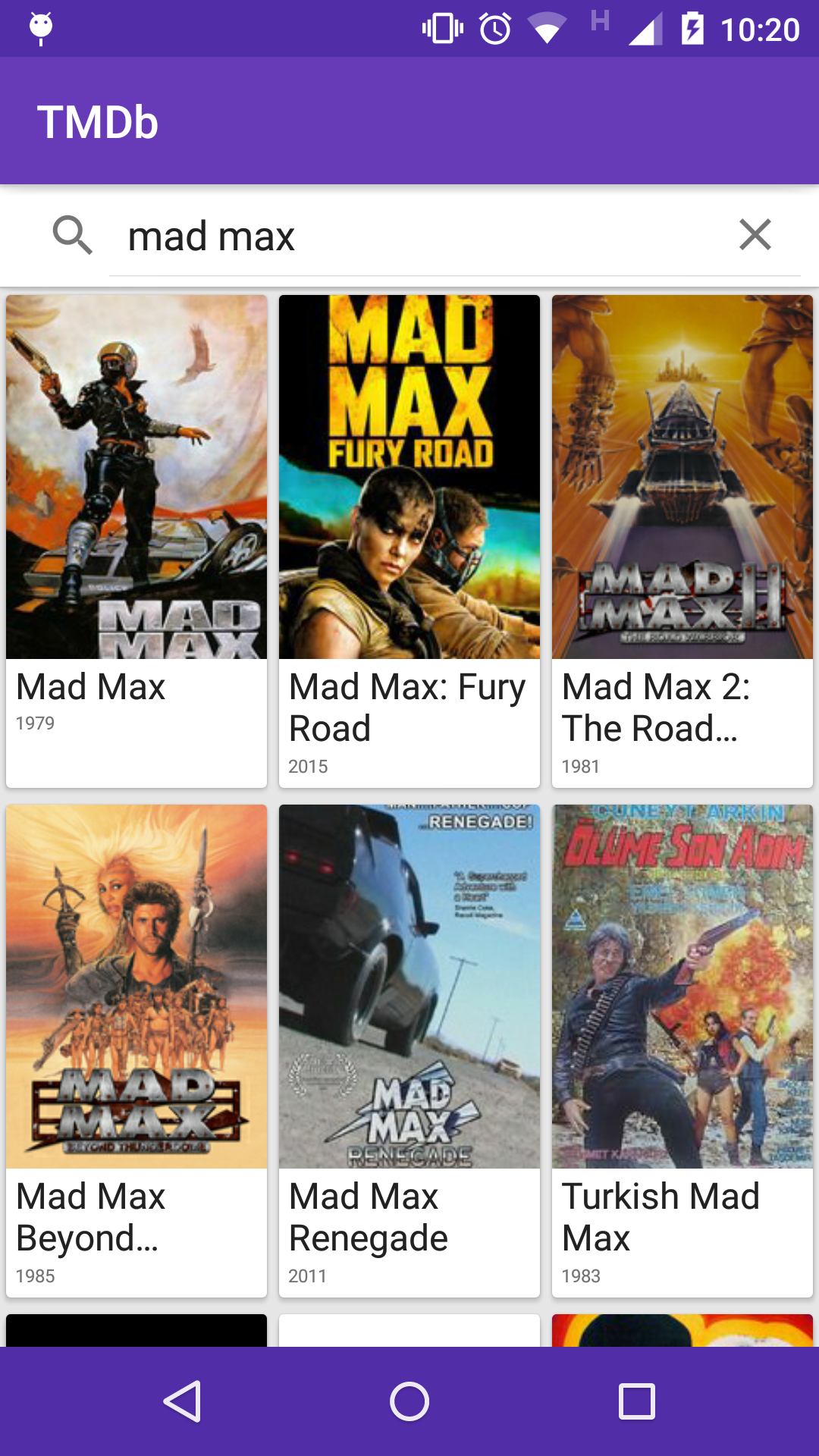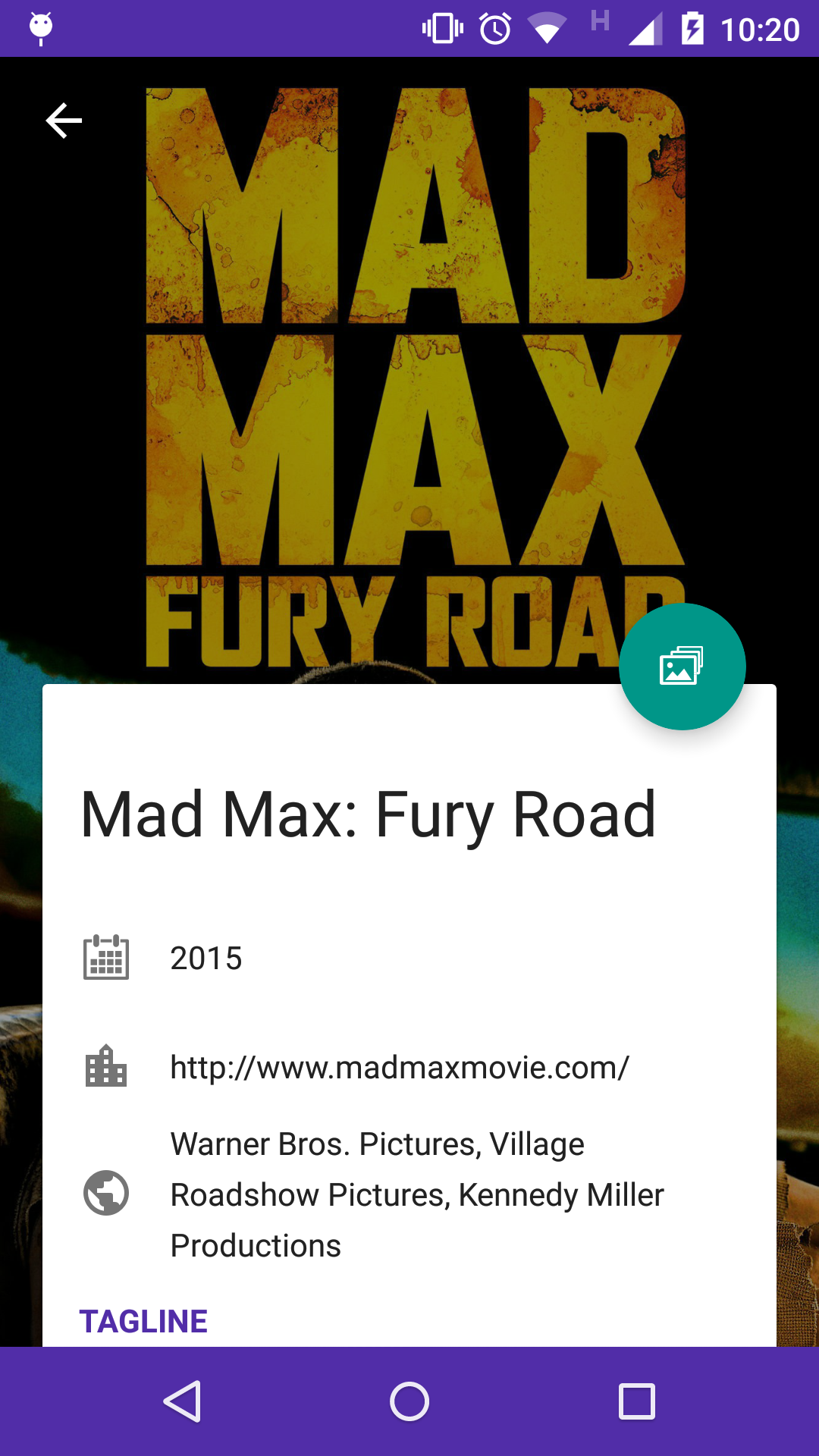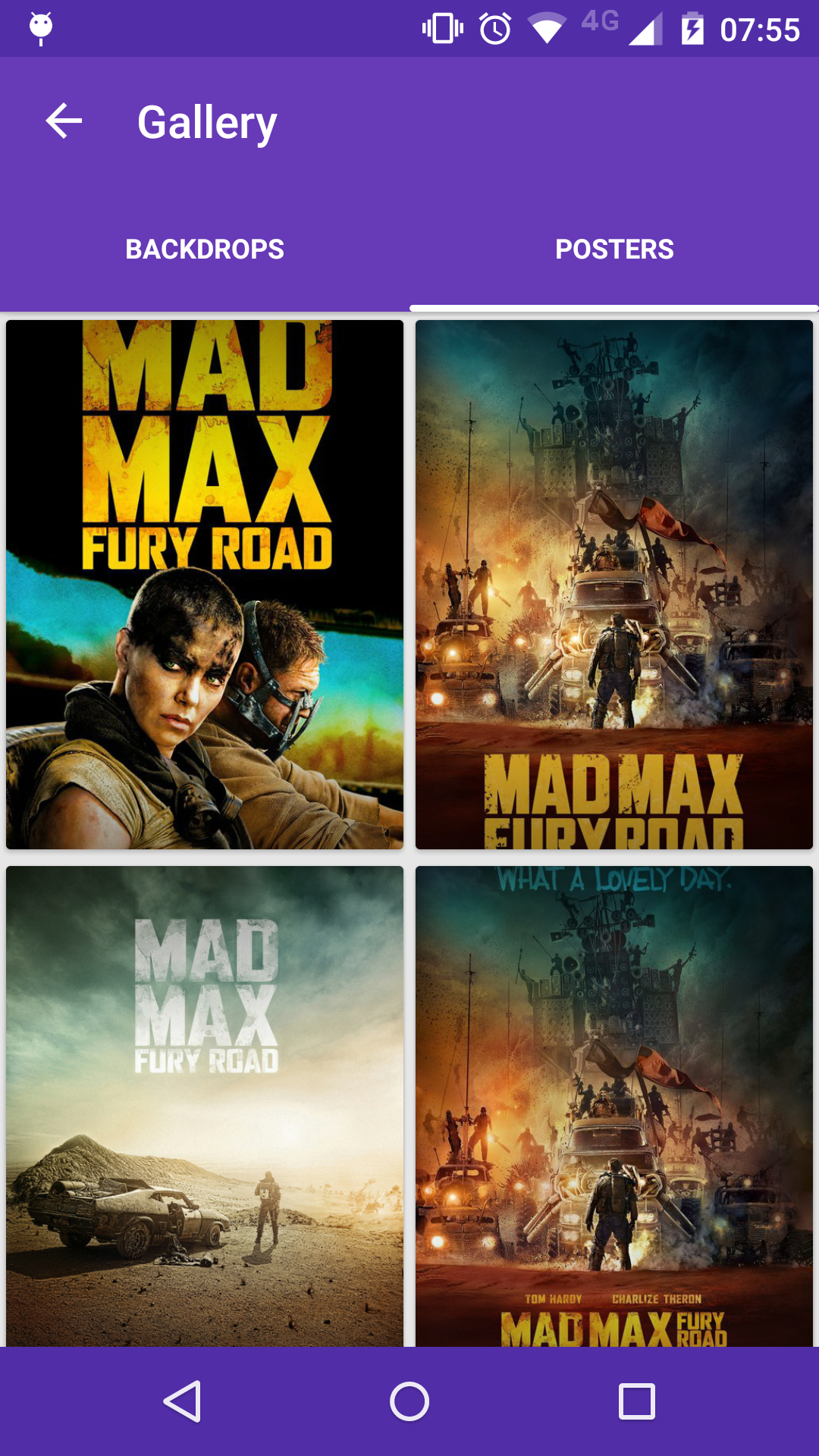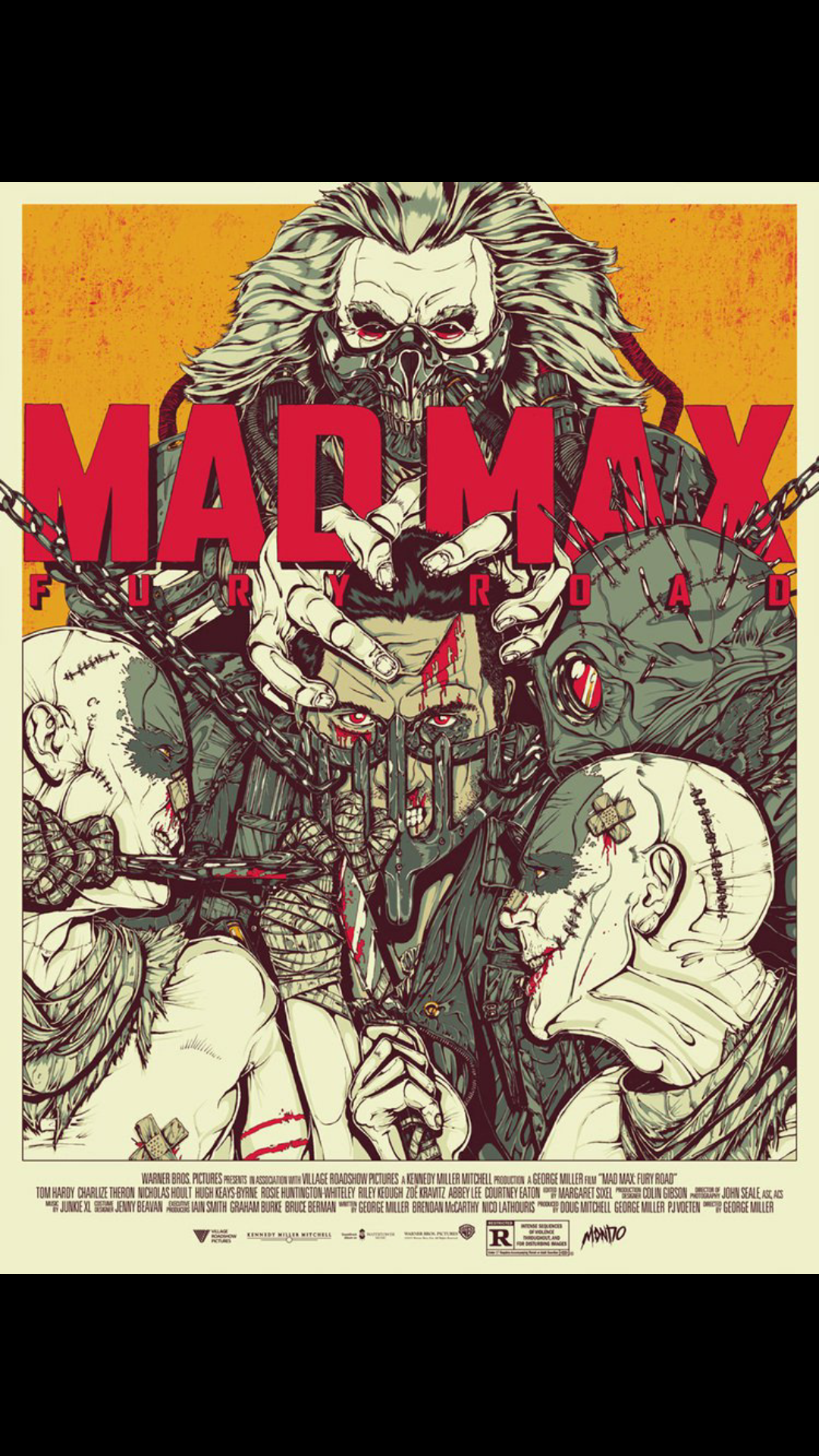A simple Android client for The Movie DB in Material Design
This project is an Android app which displays data from The Movie Database API.
In this assignment I had to provide 3 main user features:
- Search for movies
- See details of a movie
- Open images of a movie
The following section explains how did I organized the architecture of my code.
The application is organized using a clean architecture approach consisting of 2 main layers:
- Presentation (app)
- Domain
The view logic resides here. The Model-View-Presenter pattern was used to keep all the presentation logic into presenters and away from the fragments and activities (which were considered only views). The presenters are composed of the use-case that perform their tasks on background, outside the UI Thread, and returning the results through a callback into the views.
Third-party dependencies:
compile 'com.android.support:appcompat-v7:22.1.1'
compile 'com.android.support:recyclerview-v7:21.0.0'
compile 'com.android.support:cardview-v7:21.0.0'
compile 'com.squareup.picasso:picasso:2.5.2'
compile 'com.melnykov:floatingactionbutton:1.3.0'
compile 'com.ogaclejapan.smarttablayout:library:1.1.3@aar'
compile 'com.ogaclejapan.smarttablayout:utils-v4:1.1.3@aar'
compile 'com.mcxiaoke.photoview:library:1.2.3'
compile 'com.pnikosis:materialish-progress:1.5'
compile('com.crashlytics.sdk.android:crashlytics:2.2.4@aar') { transitive = true; }
The AppCompat was used in order to make the app UI's look'n feel as much Material Design as possible, with the hold of CardView, Materialish Progress and Floating Action Button. The RecyclerView was used to handle all collections displayed in the app. All images loaded from the web were handled with Picasso, which allow us deal with asynchronous image downloading. Interfaces with tabs were build with SmartTabLayout. Fullscreen images are displayed with the PhotoView library, which allow users to zoom in/out and move around the image. The Crashlytics library is used to keep tracks of all non predictable crashes.
This layer have all business rules. All use-cases implementations, server-side communication and entity objects were implemented here. This layer doesn't know the existence of the presentation layer.
Third-party dependencies:
compile 'com.path:android-priority-jobqueue:1.1.2'
compile 'com.squareup.retrofit:retrofit:1.9.0'
The Retrofit library was used to do http calls. The Priority Job Queue was used to wrap all use cases in a thread-safe environment.
- In order to solve the request search limit I called the search movie use case 1 second after the user typed in the search input.
- Since there were different image sizes, I displayed lower-sized images in my recylerviews and bigger or original sizes of images in the detailed screens.
- To pass data from the domain layer to the presentation layer I used a mapper to filter out all unnecessary information from the server-side that I wasn't going to use in the views.
- I used this technique to cache images loaded from Picasso.
- An Image transition from the movie search screen to the movie detail screen.
- I didn't write tests. If I did I would test my presenters in the presentation layer and my use cases in the domain layer.
Thiago Rocha
+553184349266




